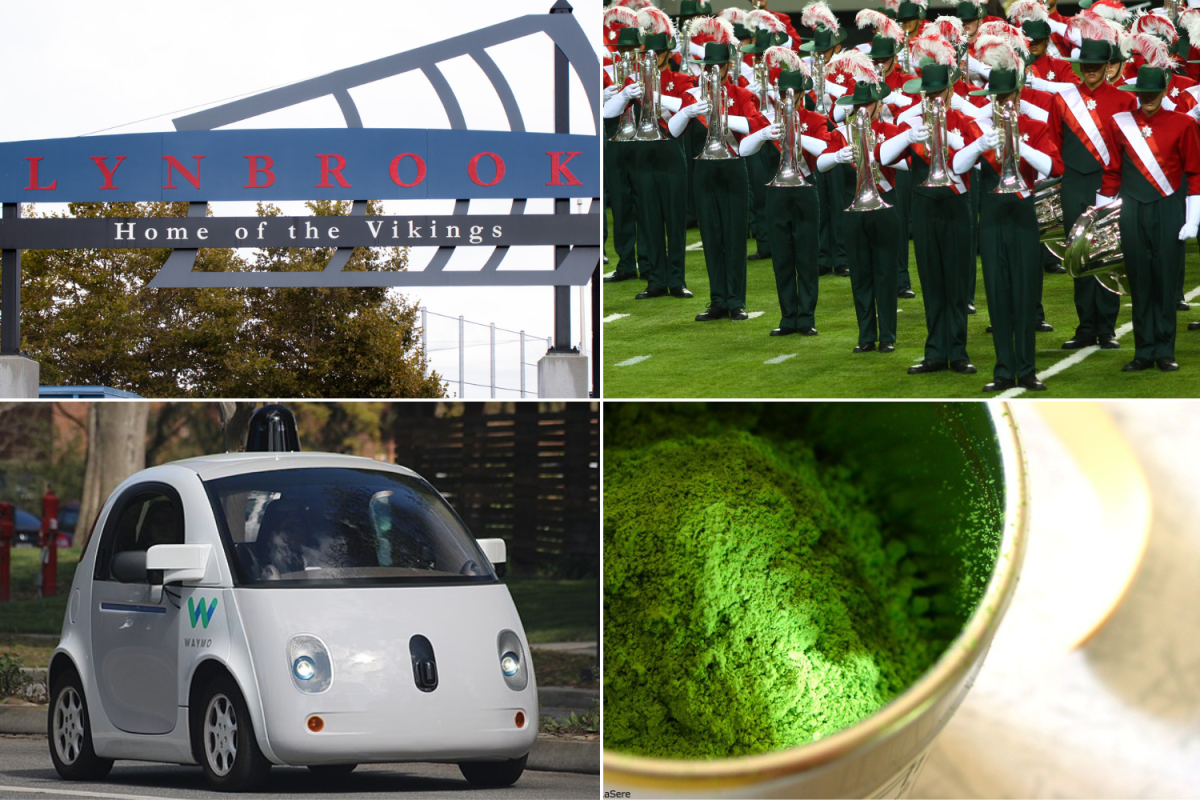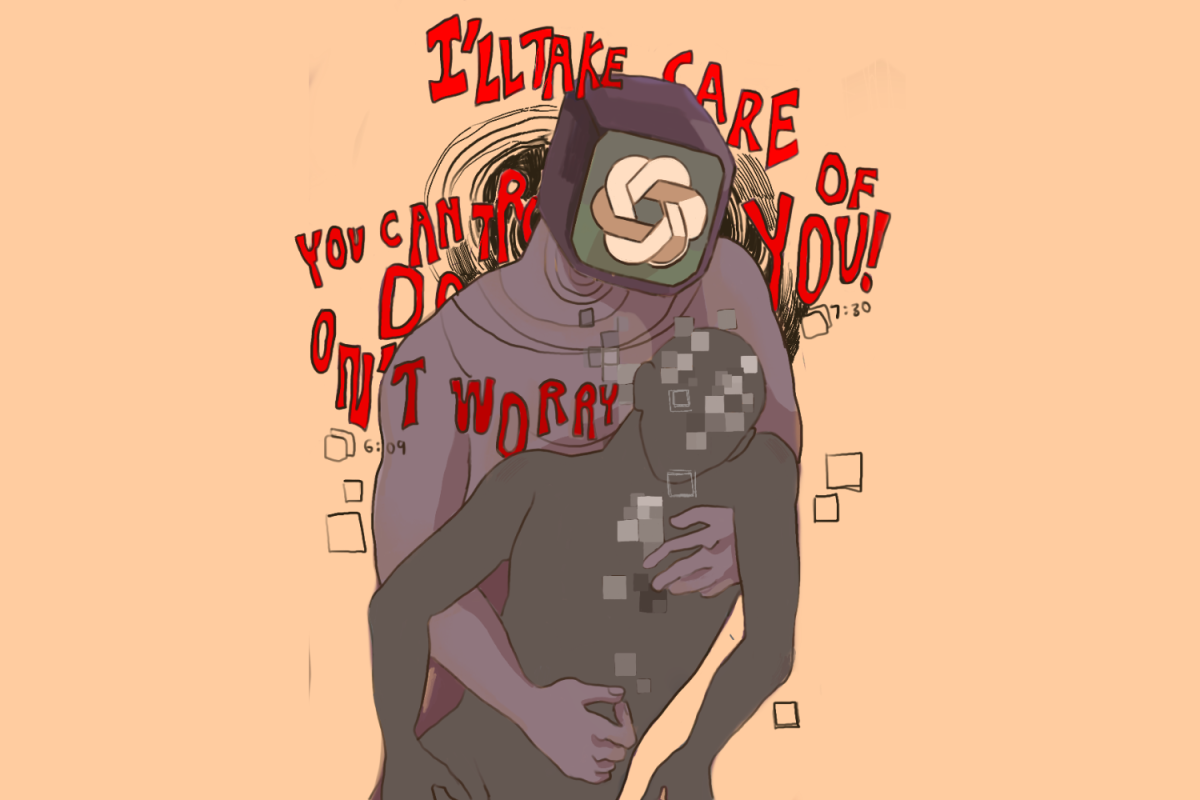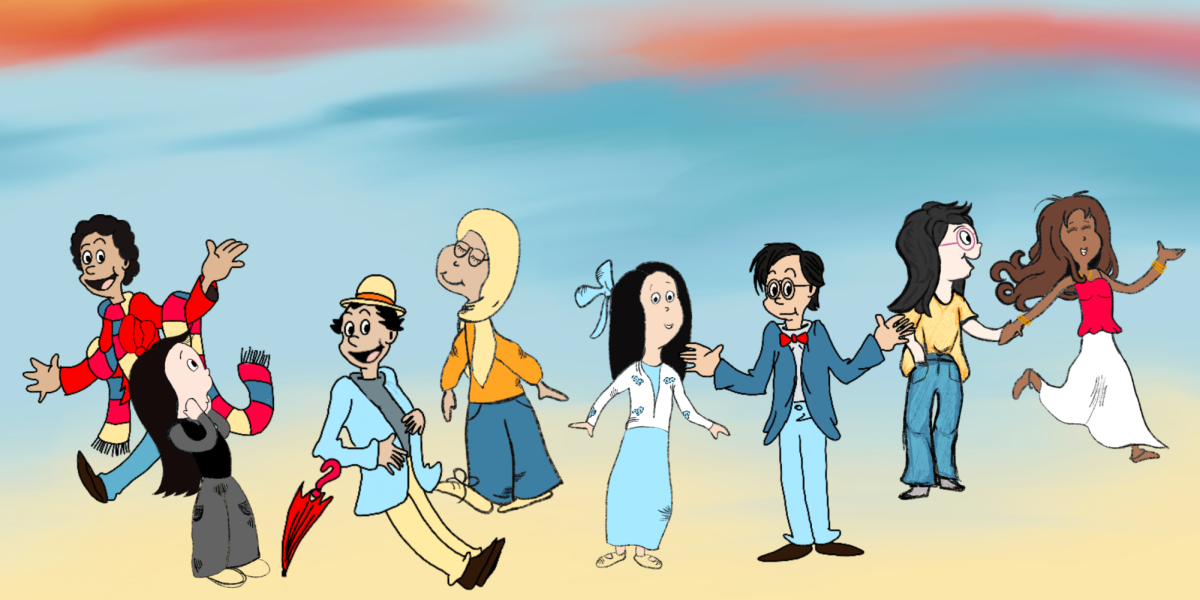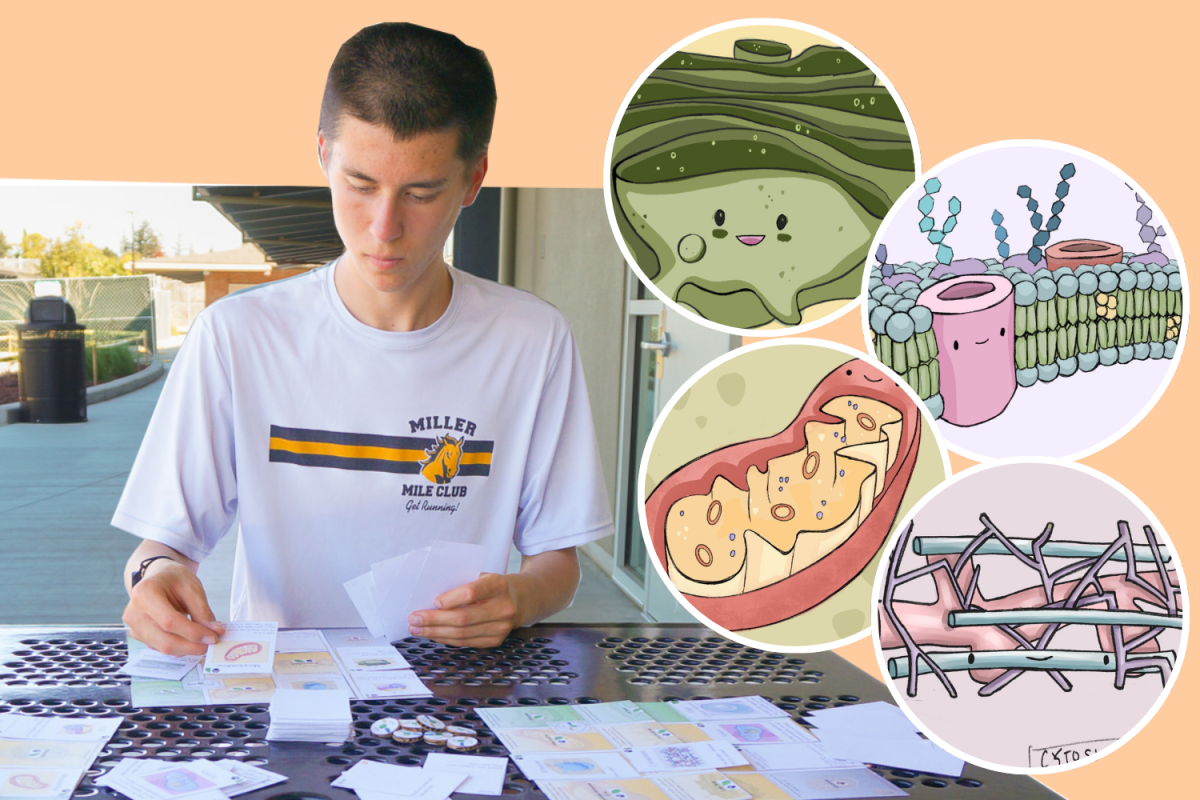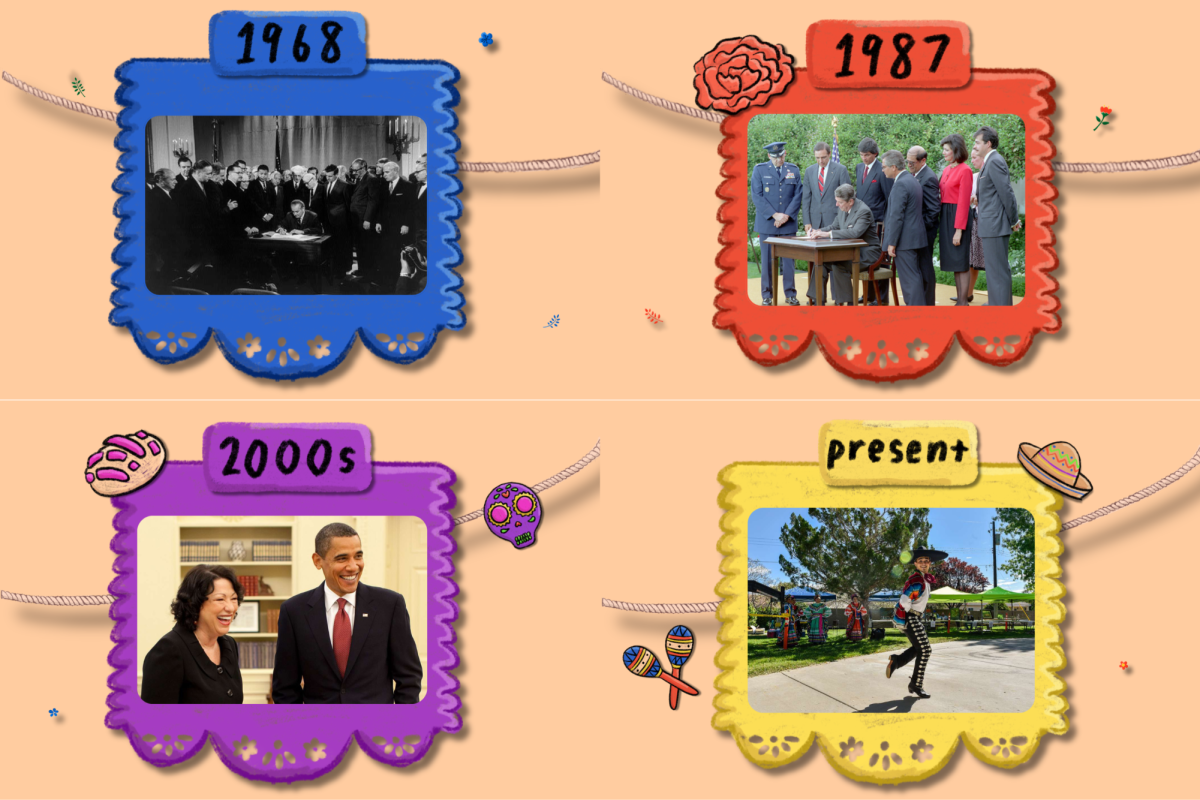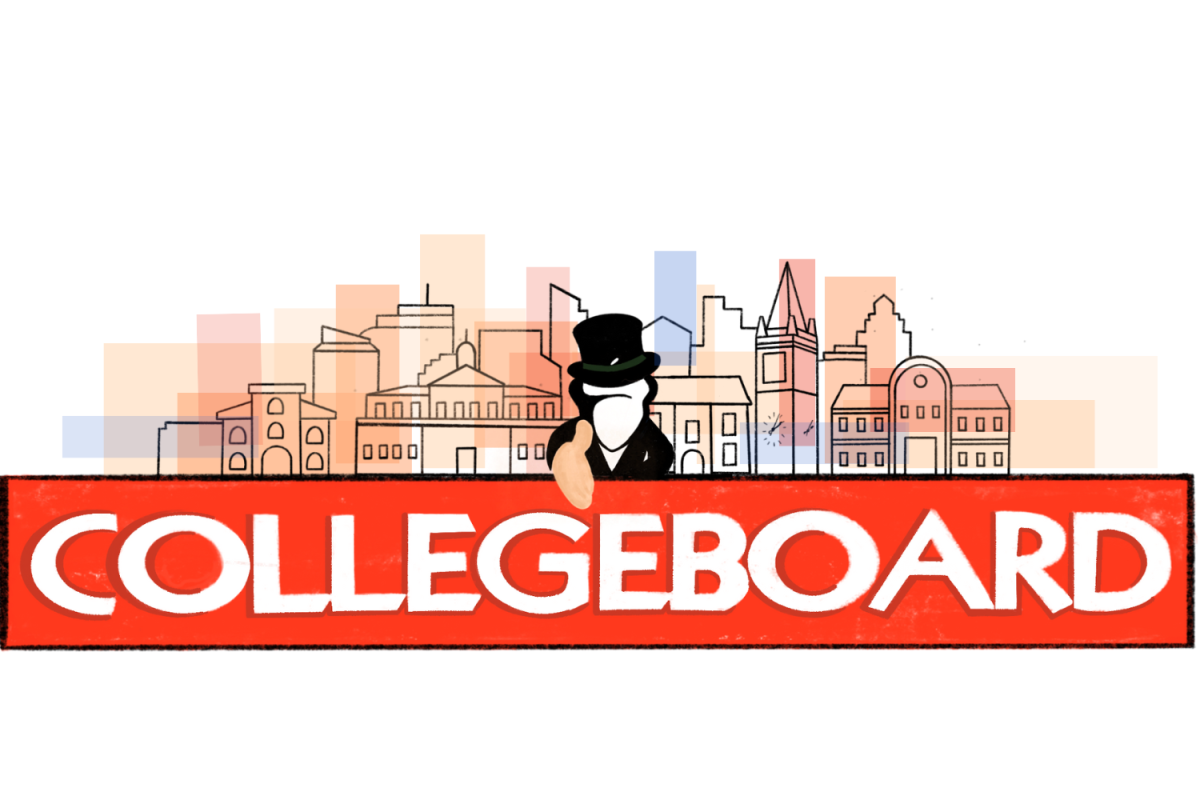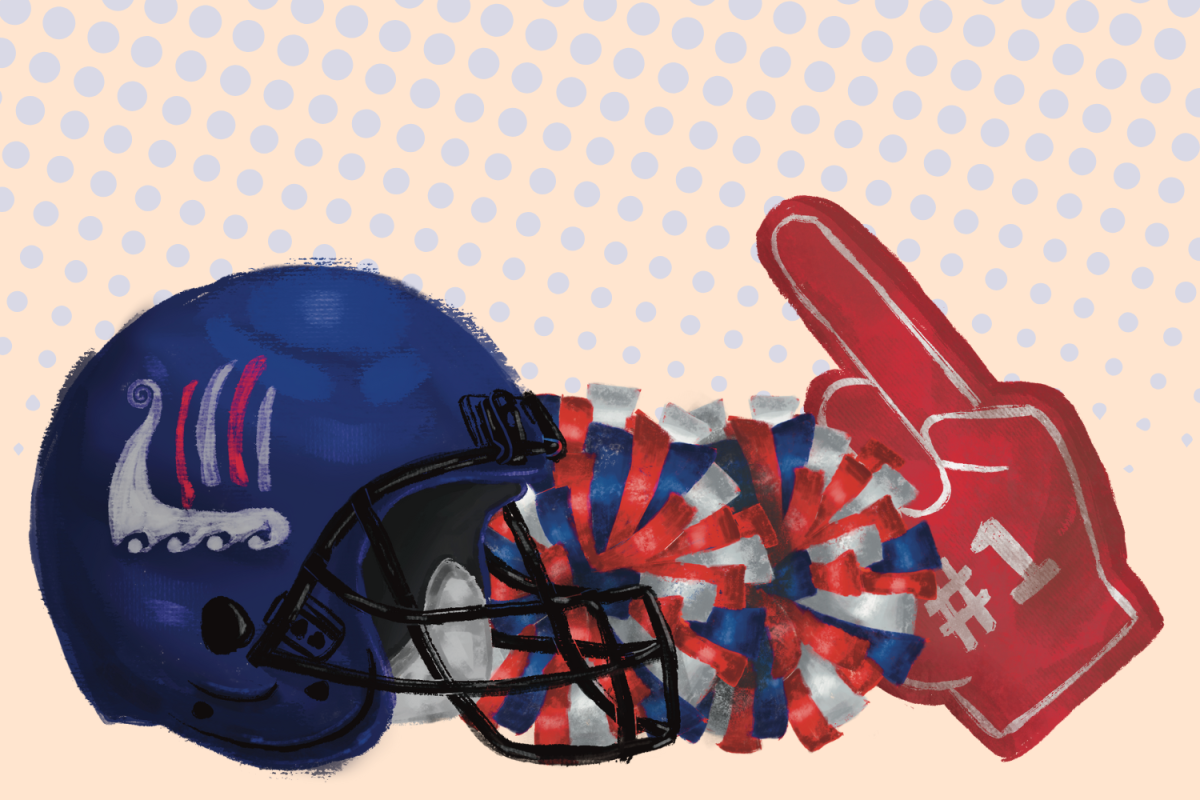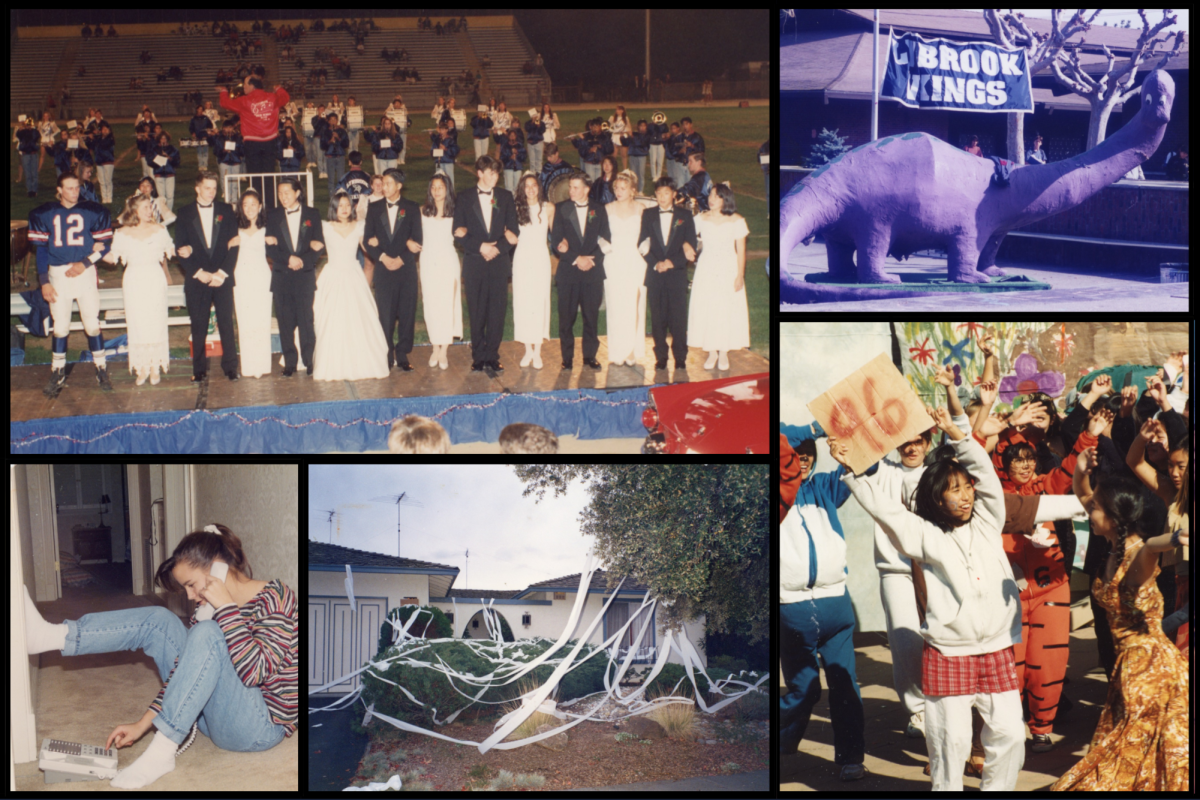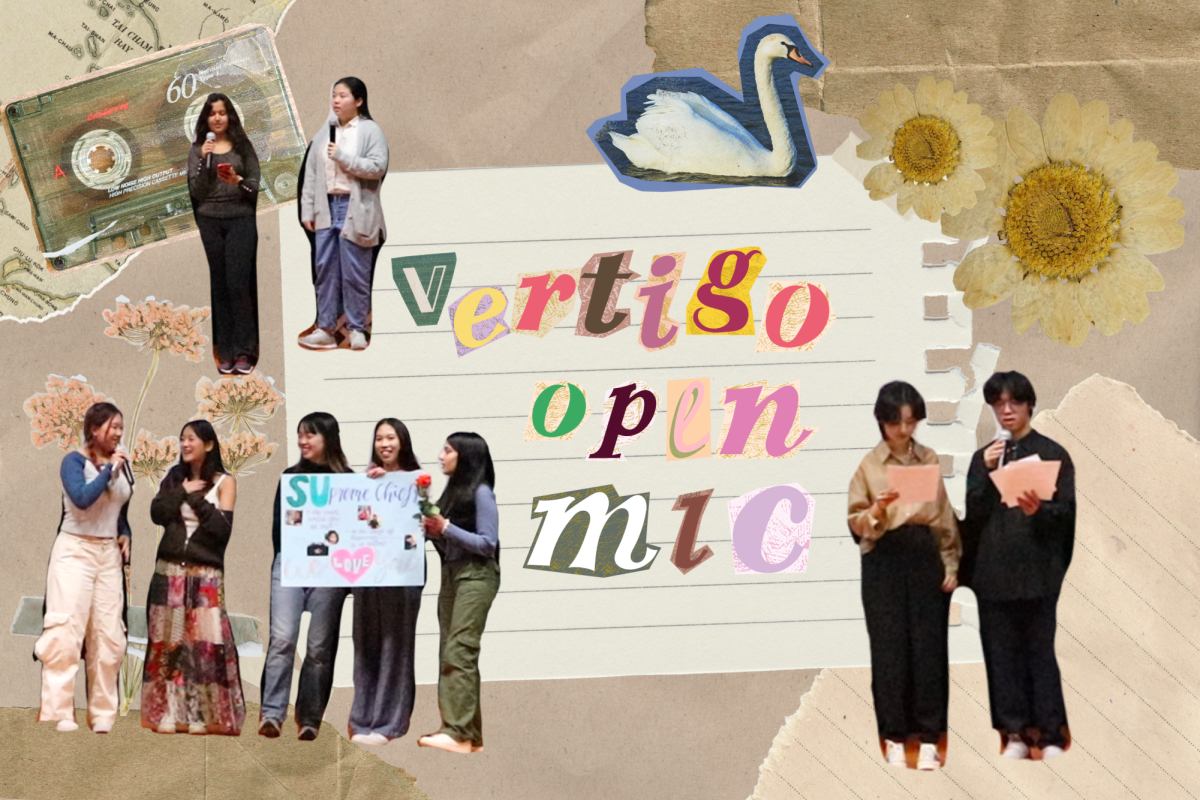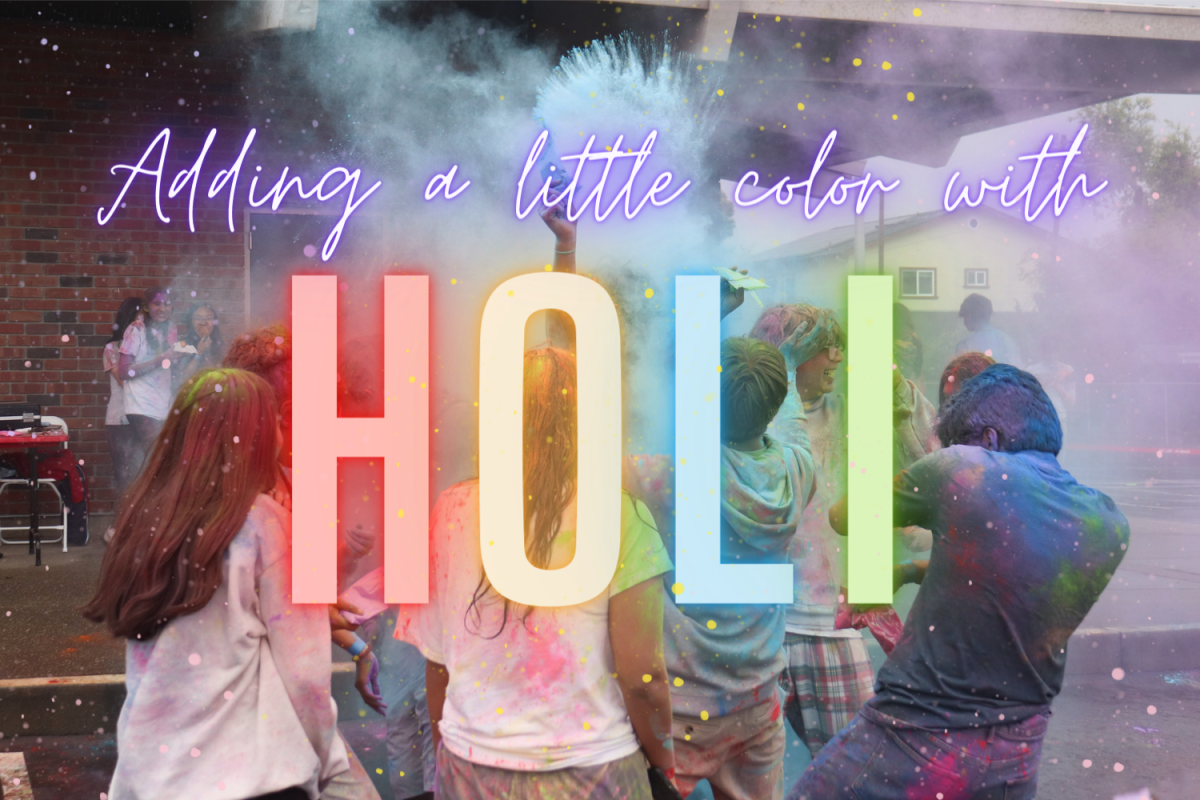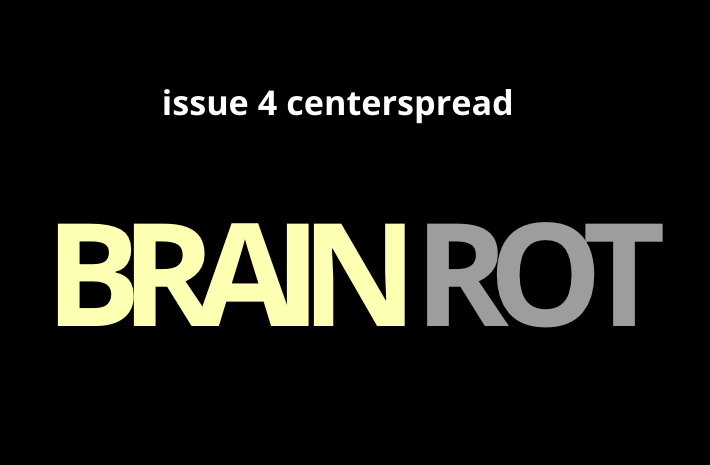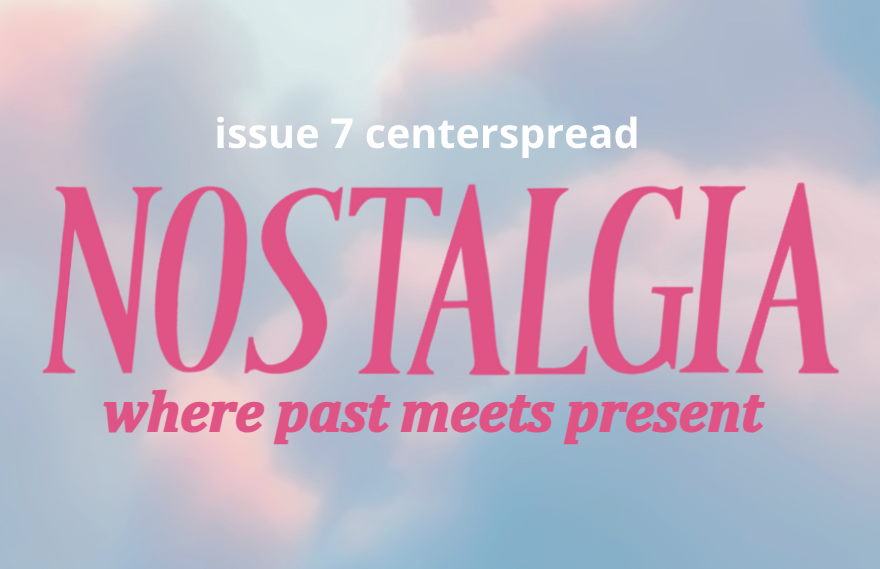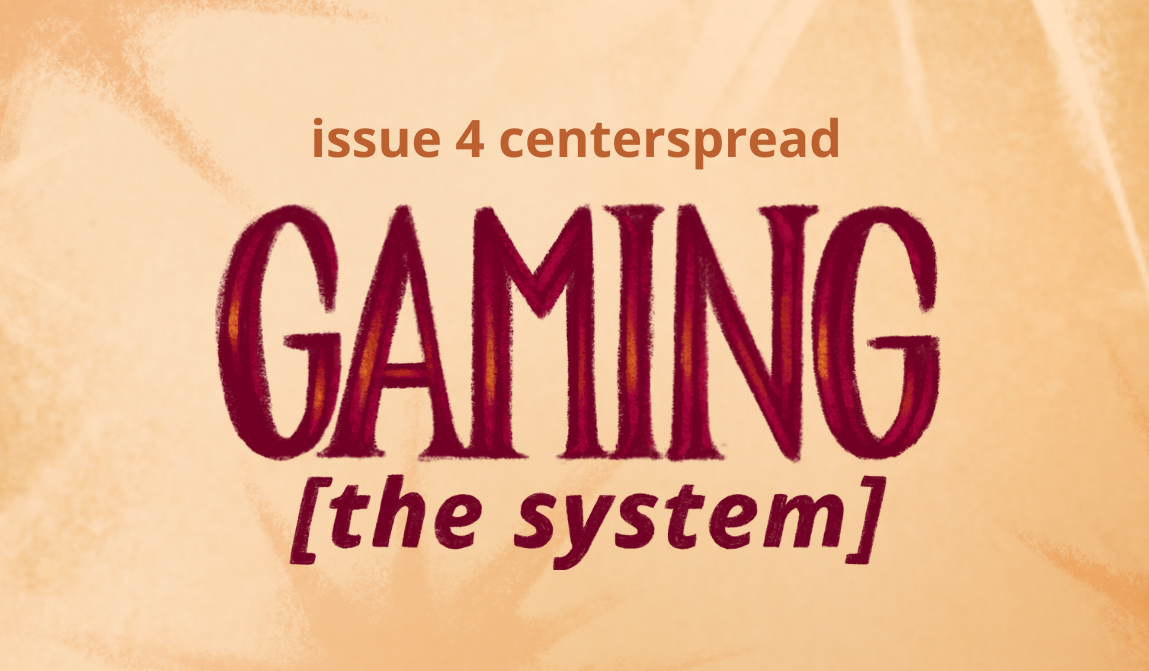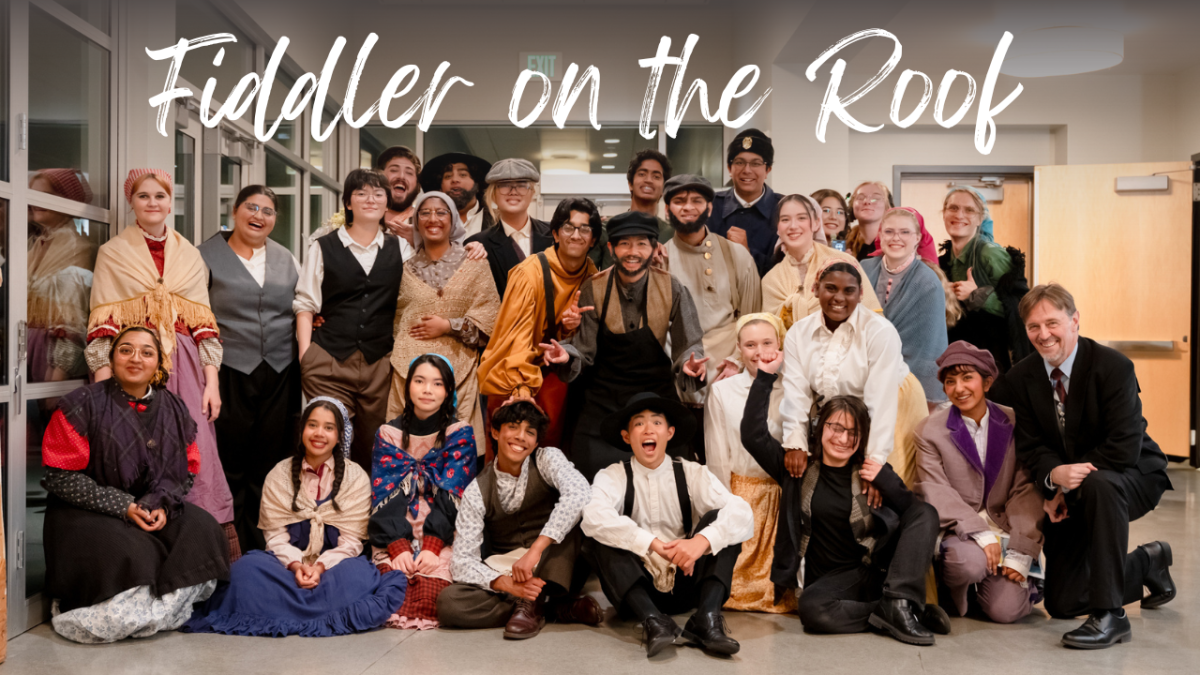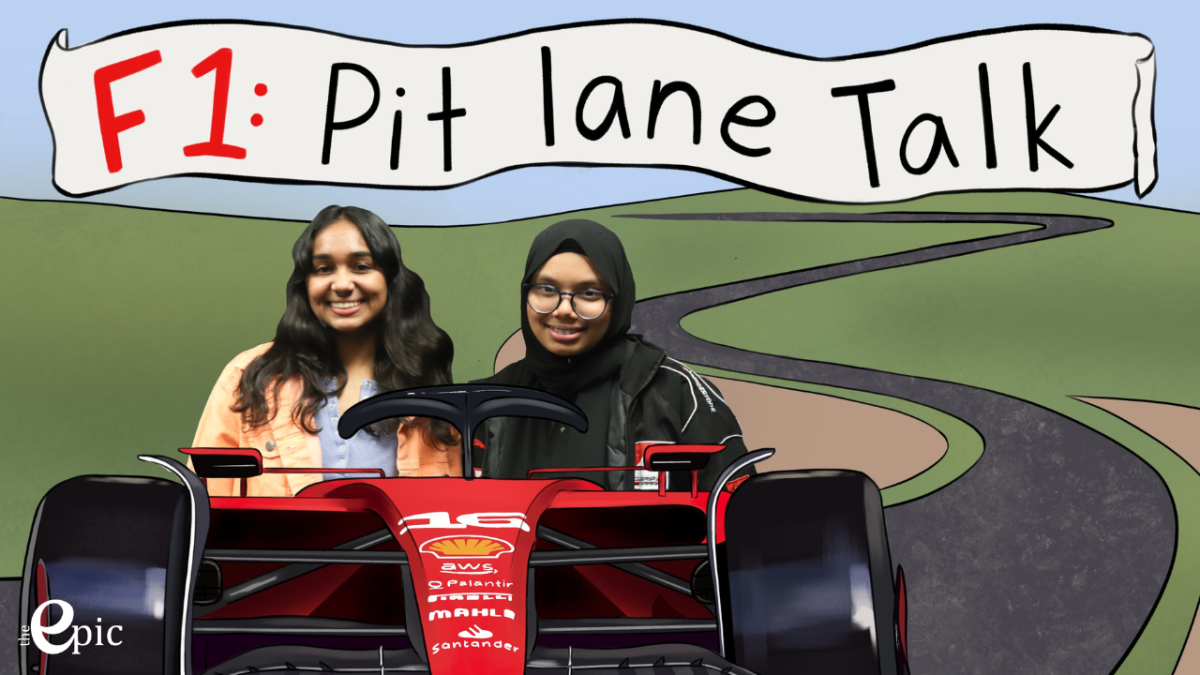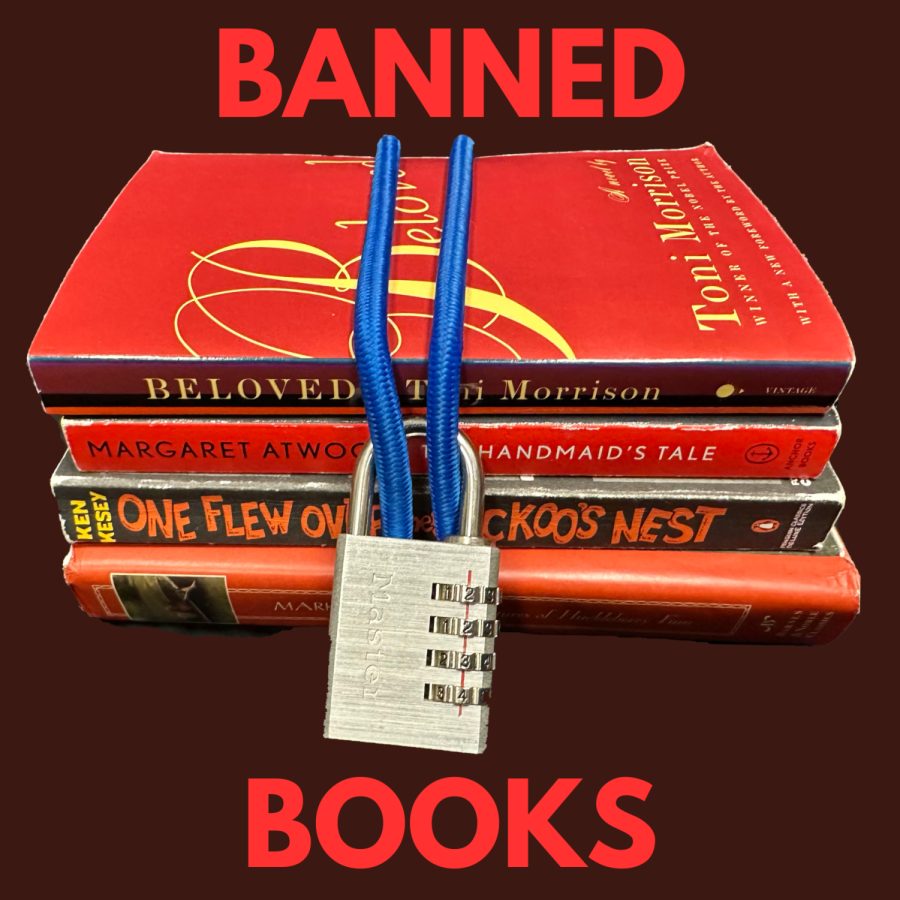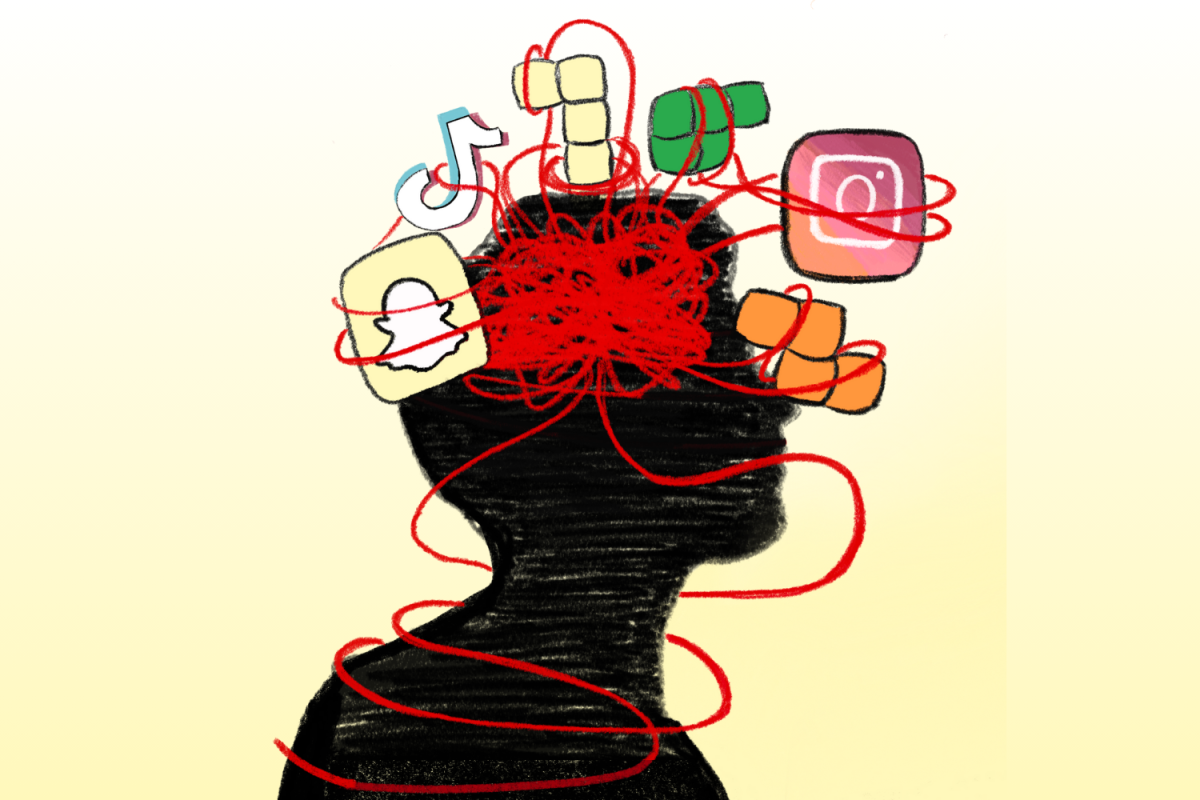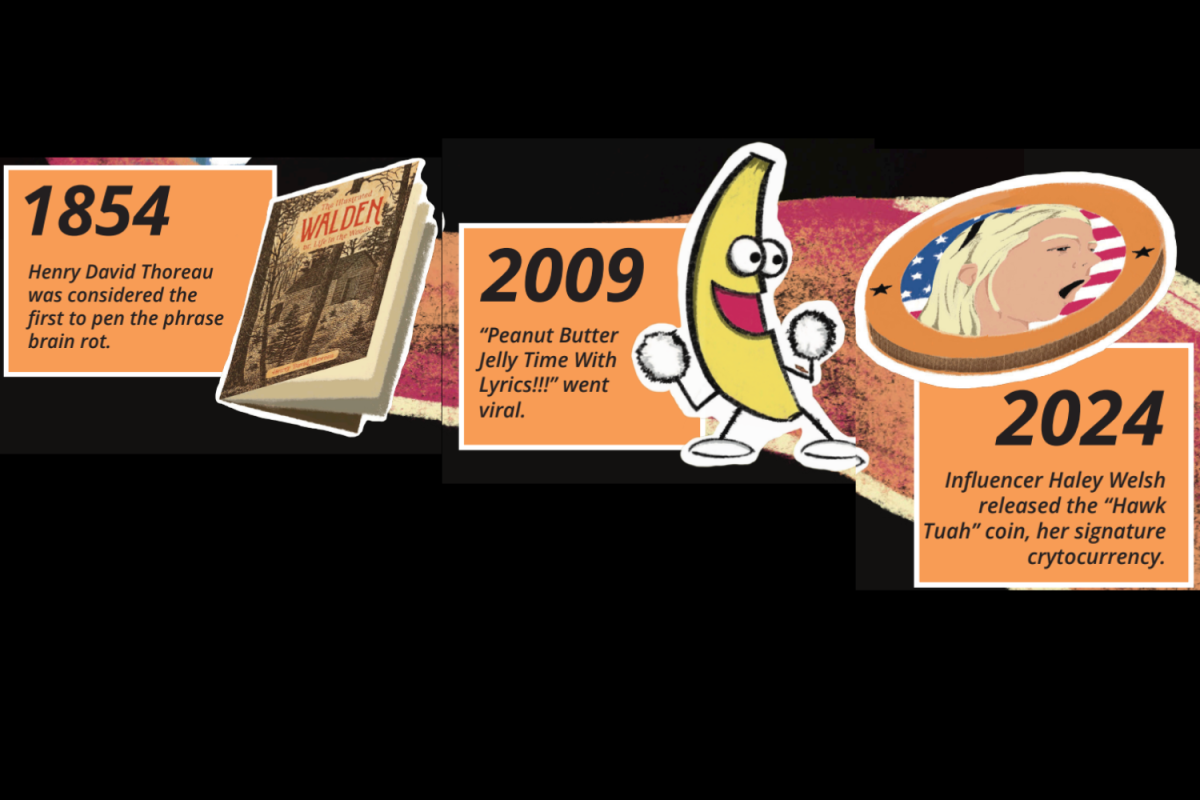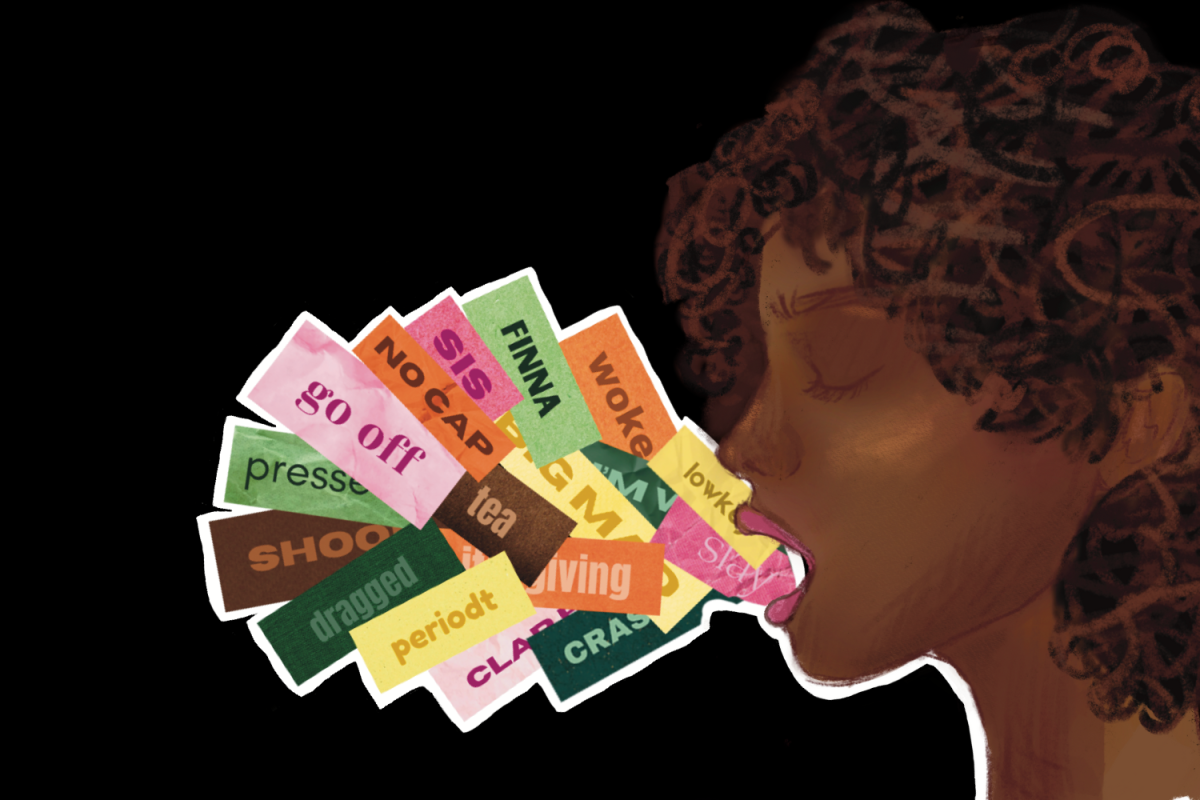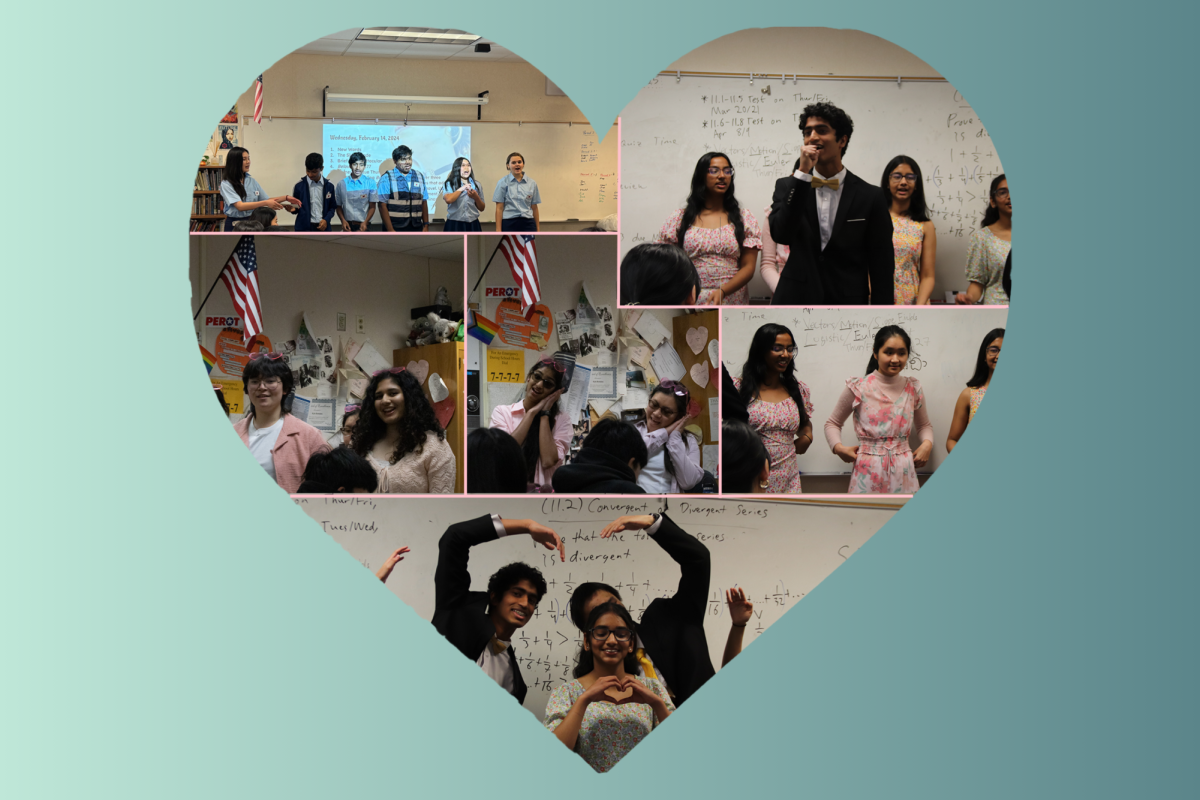With a diverse sundry of internet memes ranging from “Chopped Chin” to “the Costco Guys,” it’s nearly impossible to avoid meme culture. While “Ninja getting a low taper fade” is still a massive meme, others have fallen obsolete, almost like the booming peaks and troughs of the stock market. Brain rot, due to its newly-risen social significance, has become a currency of knowledge.
Ever since the advent of the internet, early brain rot has taken the form of cultural currency. Beyond brain rot, internet memes have always had roots in culture. Through humor, the main purpose of memes is to deliver a humorous expression, however, it often needs a prerequisite of cultural knowledge to understand the respective reference. Memes and brain rot have become platforms for communities to banter and exchange knowledge.
“In media fandoms, brain rot manifests in forms of memes, analysis, theories and other community-driven content,” senior Kelly Chu said. “While seen as obsessive, this behavior is welcomed and celebrated in its respective space.”
Like modern currency, the popularity of brain rot is inflating rapidly. Memes and brain rot have reached nearly every corner of the internet, and after seeing many online examples, people are often incentivized to try these trends with the intention of exchanging memories.
“During the end of one class, a student asked me to film a Tiktok with him,” English teacher Evyenia Ene said. “I said, ‘Sure, why not?’ That would be a fun way to deepen my connection with my students.”
Coming into the 21st century, people have now begun to establish memes as standard knowledge. In daily conversation, TikTok slang has made its way into official dictionaries, as seen in Merriam-Webster’s definition of rizz. People can feel a fear of missing out if they do not partake in certain trends. In a survey given to staff and students, 30.3 percent, or 82 of 270 Lynbrook respondents, reported that other people’s social media activity or presence made them feel left out or out of the loop. Thus, while knowing more about brain rot content opens up more connections to different conversations, it can also unintentionally create social divides between those who are and aren’t familiar with brain rot.
One factor accentuating the social divide that results from varying brain rot knowledge is social media access. Despite the general accessibility of memes, an estimated 24 million Americans lack a stable internet. Brain rot acts as a barrier between different generations, as it is dominated by Generation Alpha and Generation Z users. On platforms such as TikTok, where brain rot is commonly found, more than two-thirds of users are between 18 and 34 years old. With access to brain rot knowledge being cultivated within a certain demographic, a natural social rift opens.
Considering the positives and negatives, memes undeniably have made their mark on society. Though the negatives of addiction and discrimination can’t be ignored, the use of humor to bridge together communities is uniquely powerful. In order to scroll problems away and share laughter with communities, a reasonable balance of sensitivity and interaction must be maintained. With brain rot’s emerging role as a social currency, people must invest wisely, emphasizing a balance between humor and social inclusivity.
“I consider brain rot to be one of the newest, necessarily adopted ways in which humans engage socially,” said Emilie Owens, doctoral research fellow from the Department of Media and Communication at the University of Oslo. “Rather than holding a negative view against brain rot, I advise people to think about the role it plays in their life: when does it feel good to turn your brain off, and when doesn’t it?”


